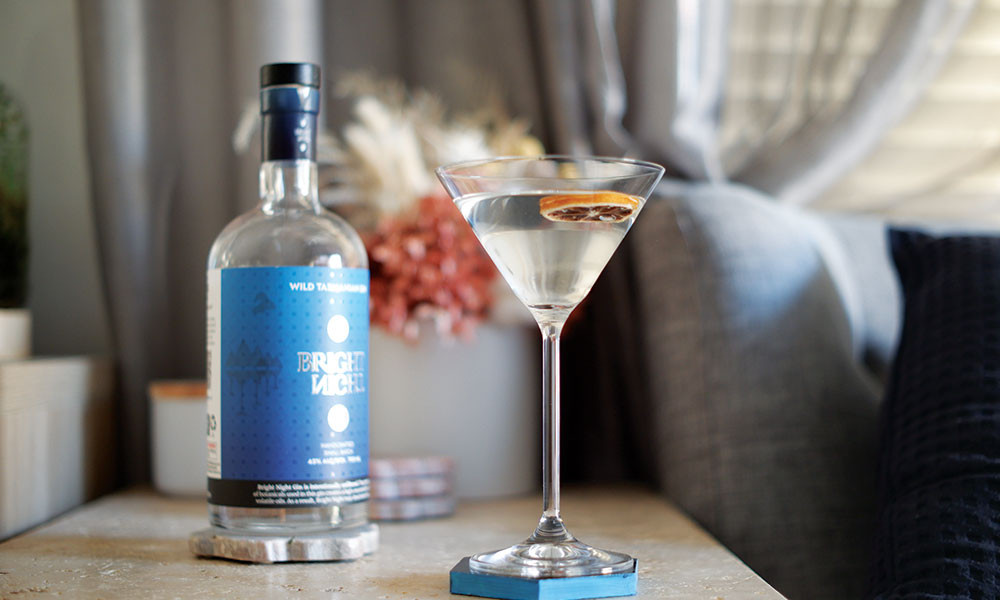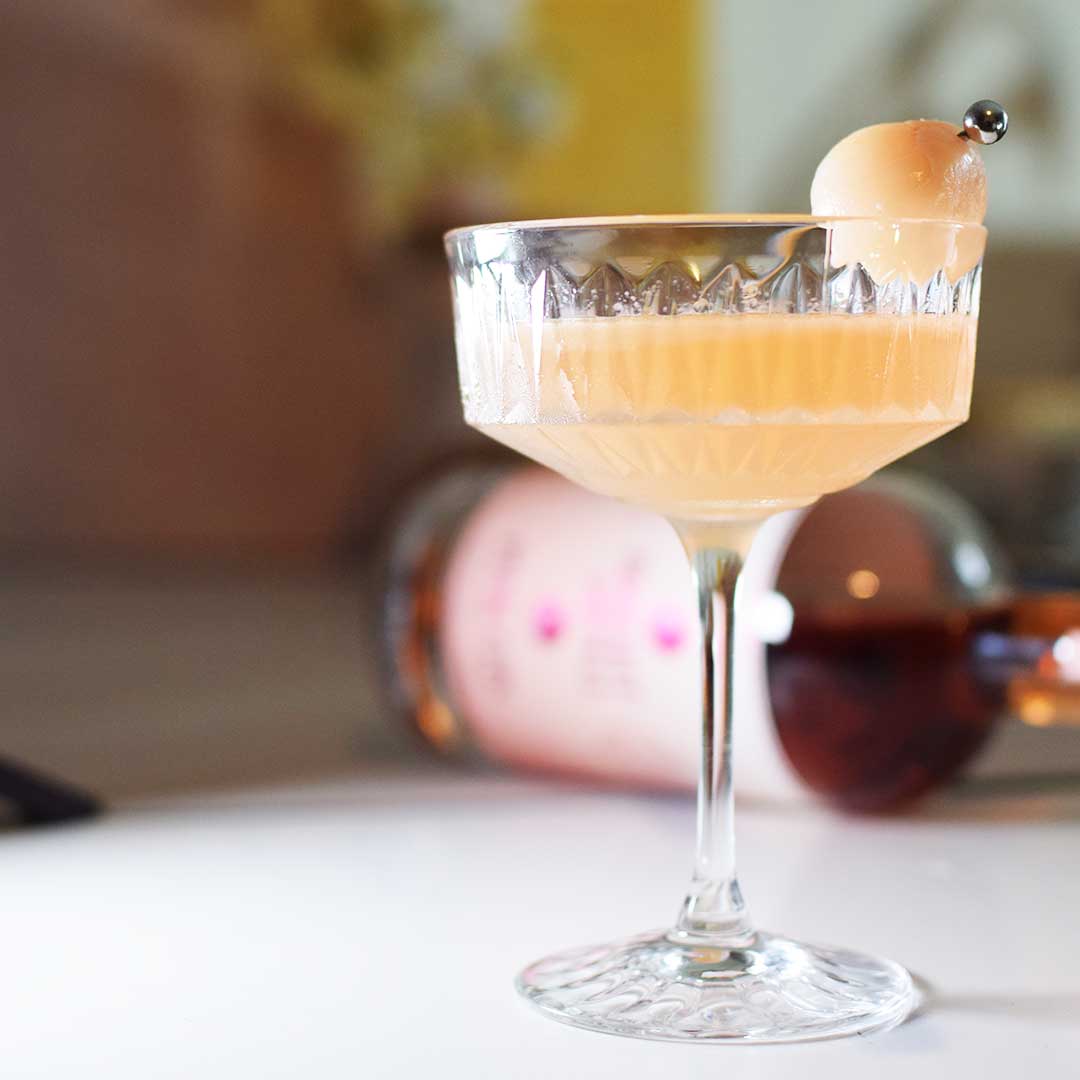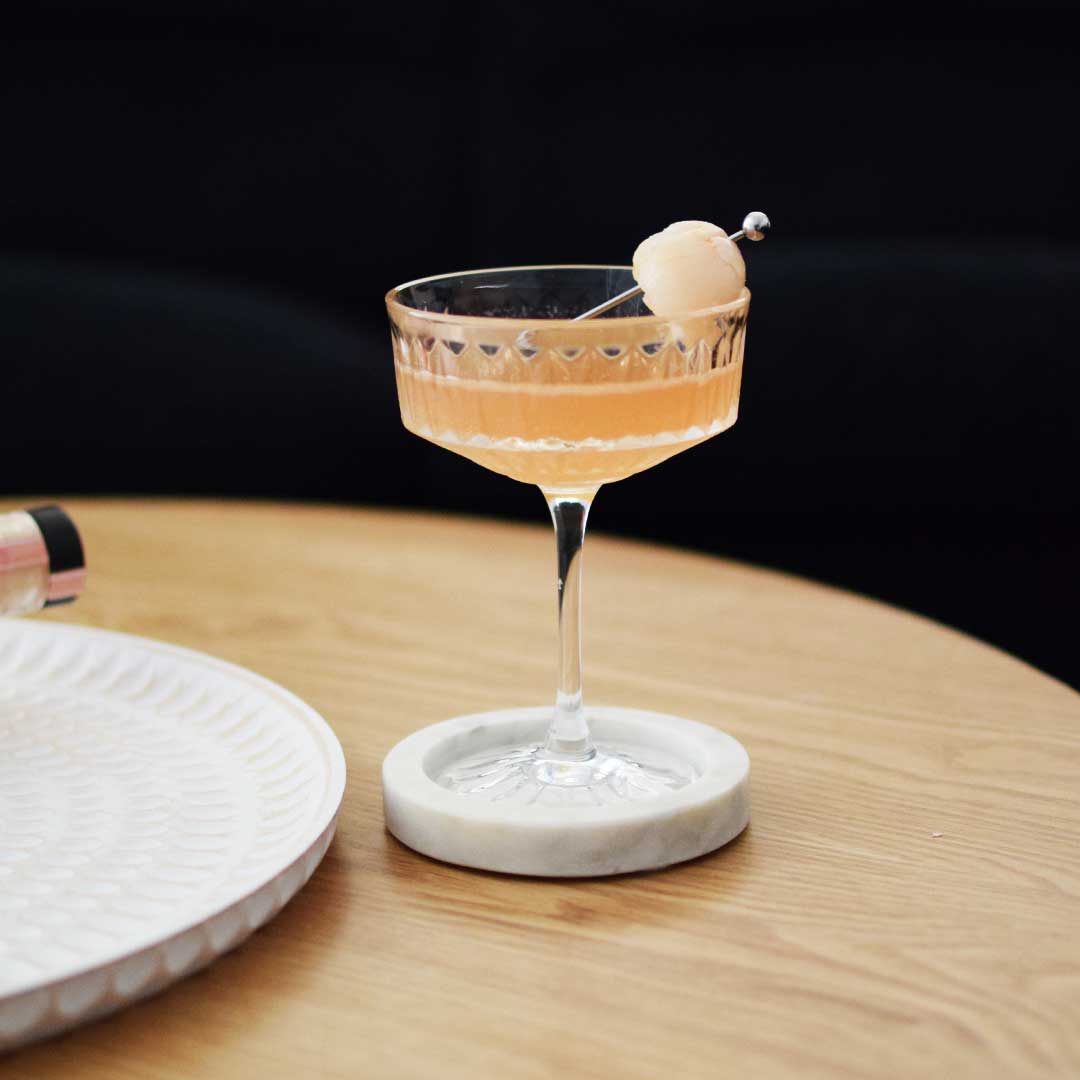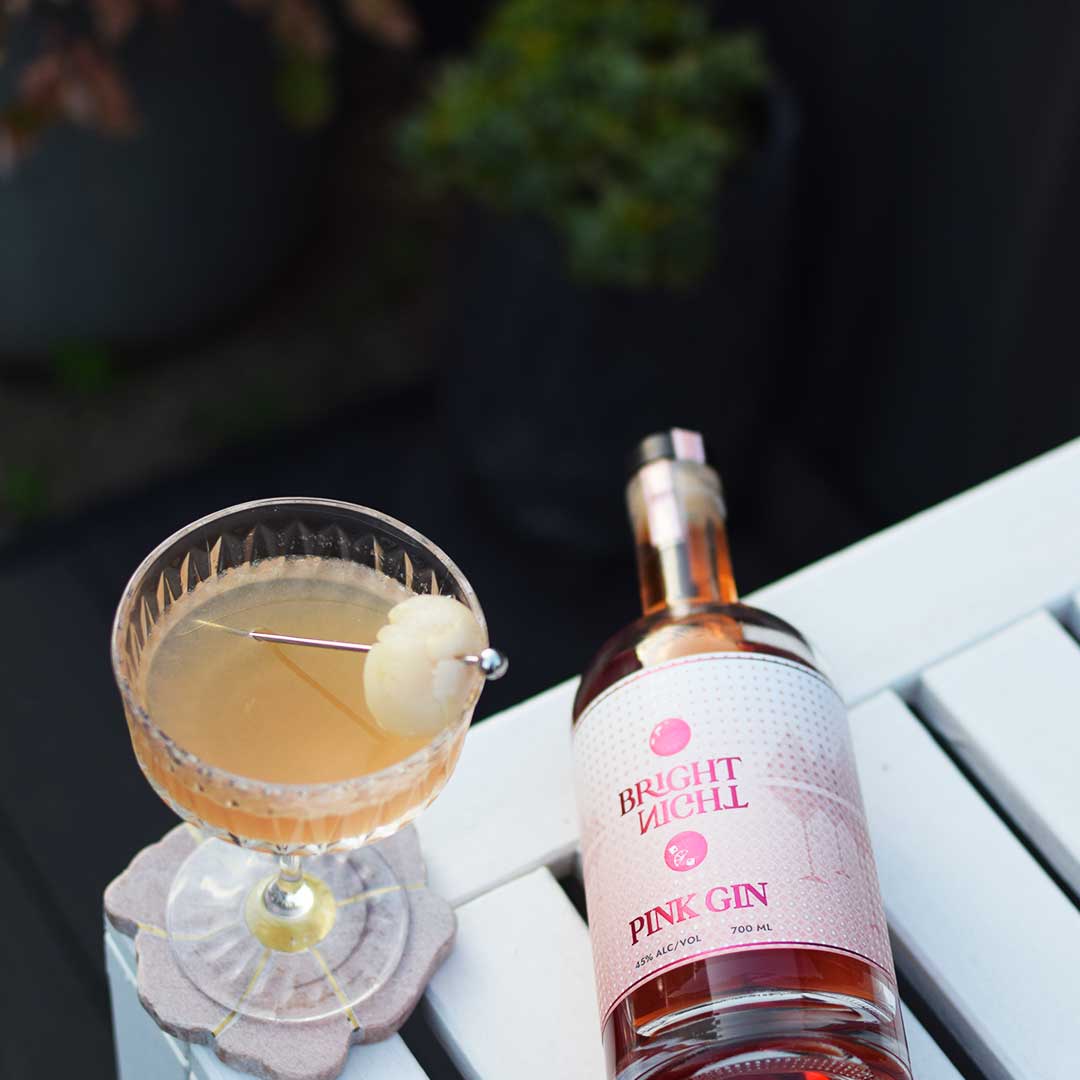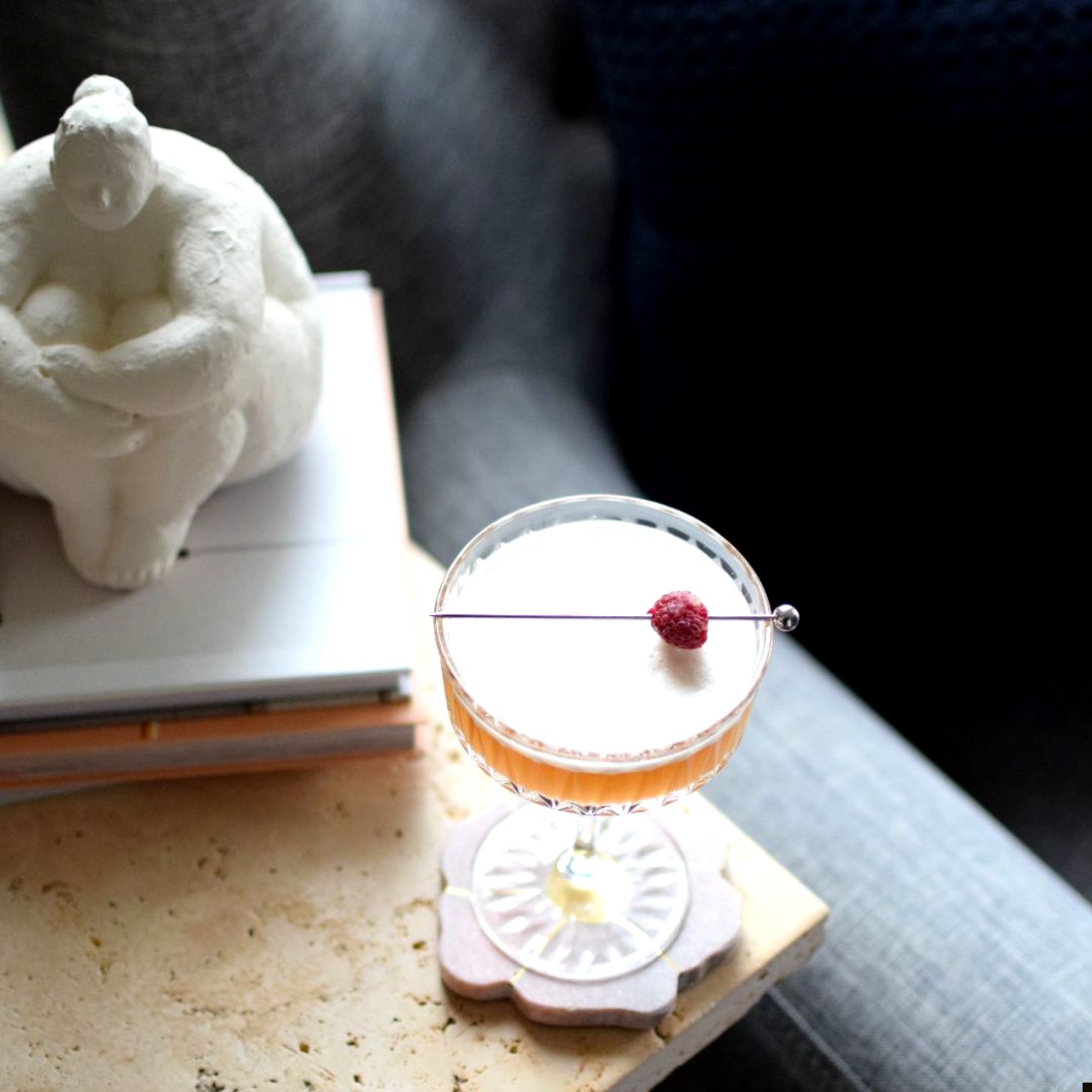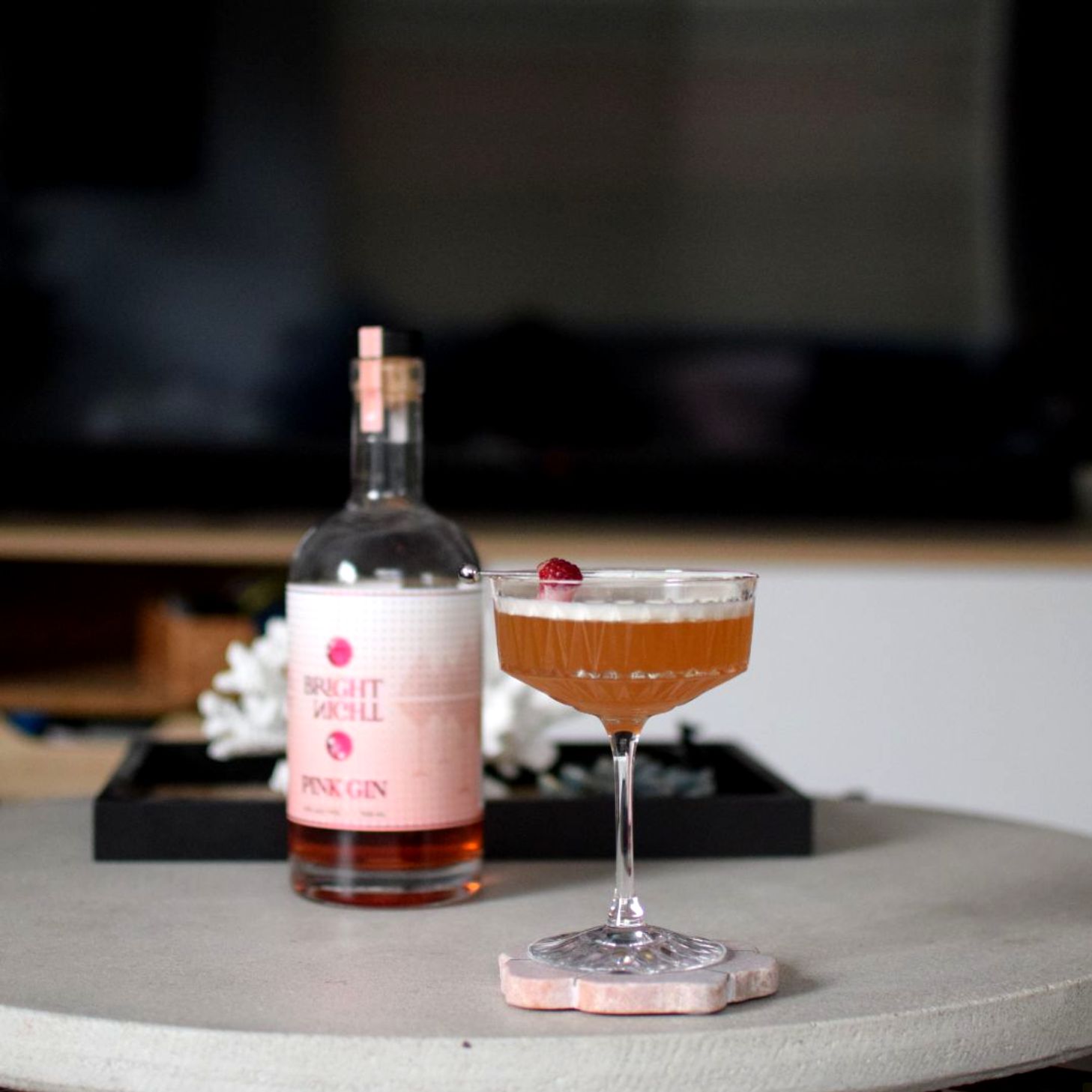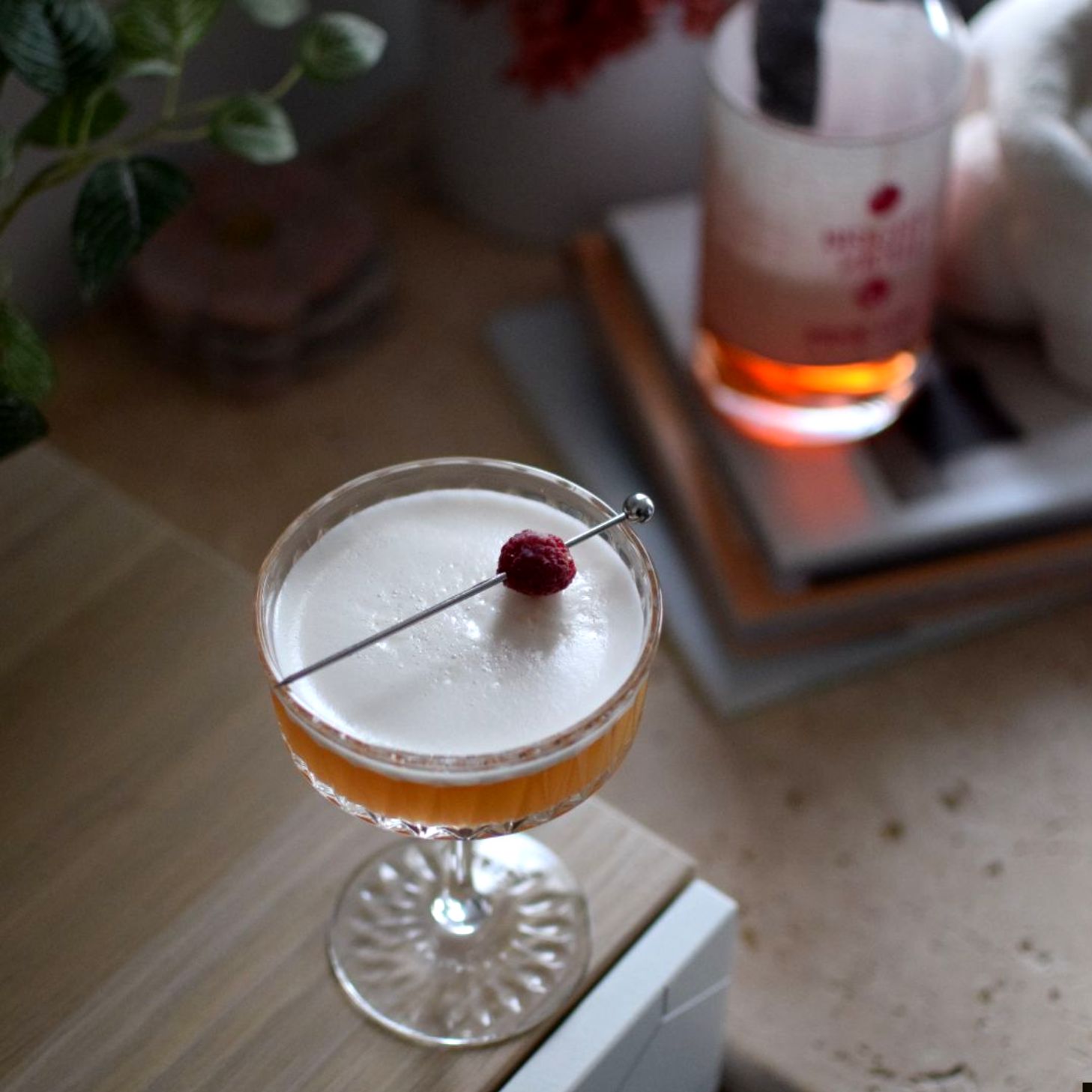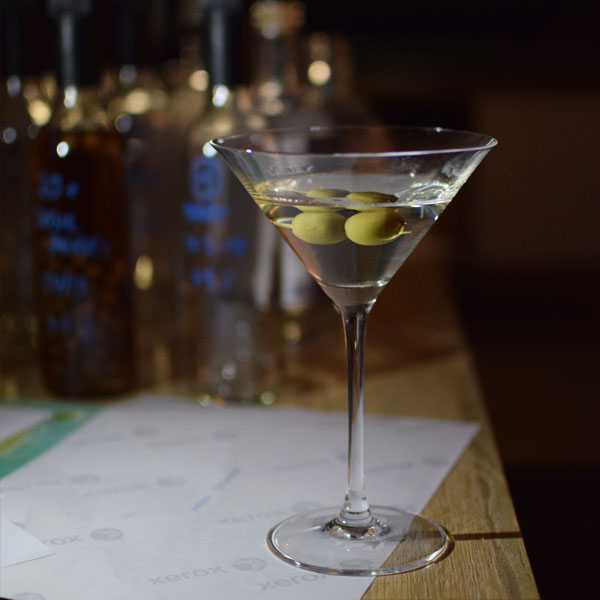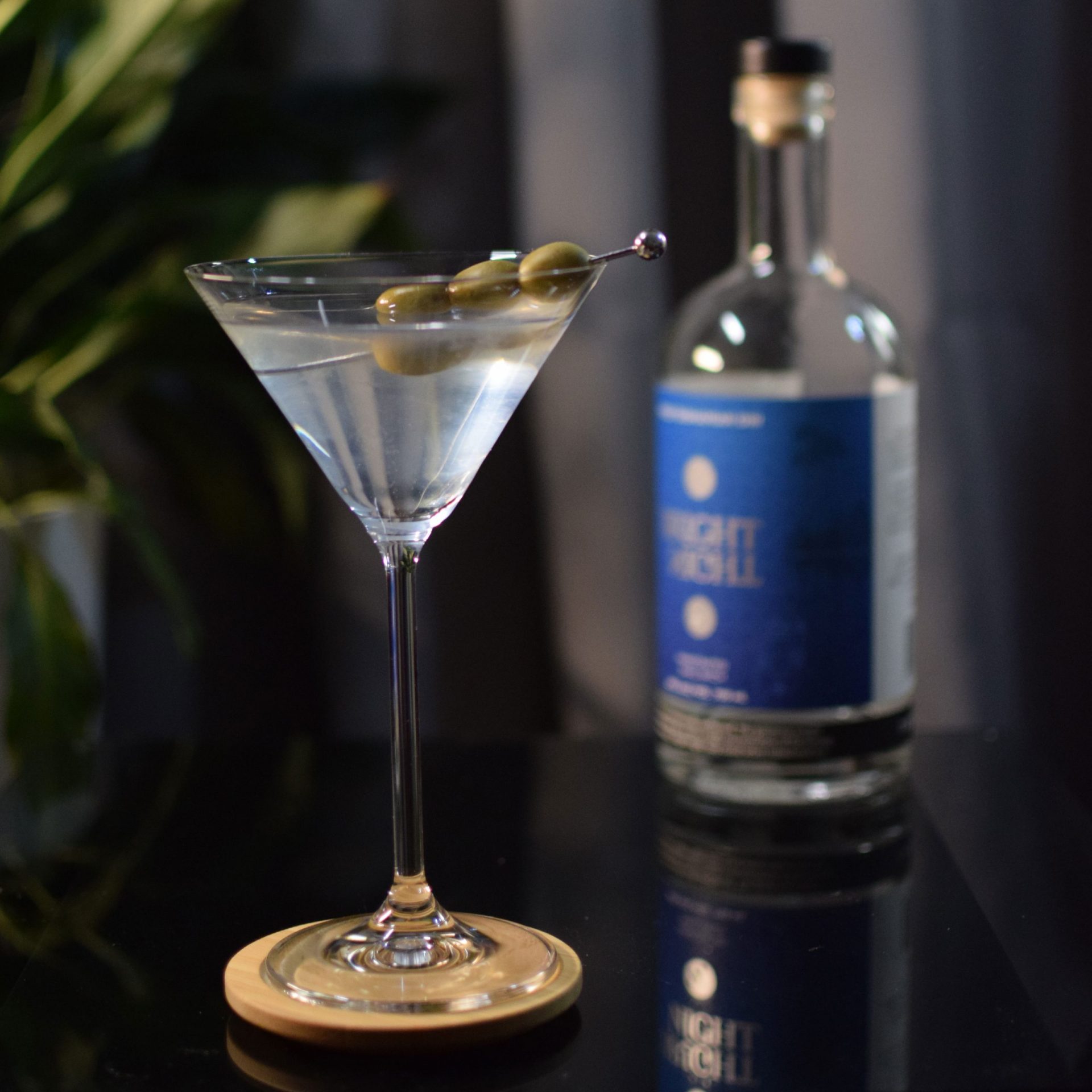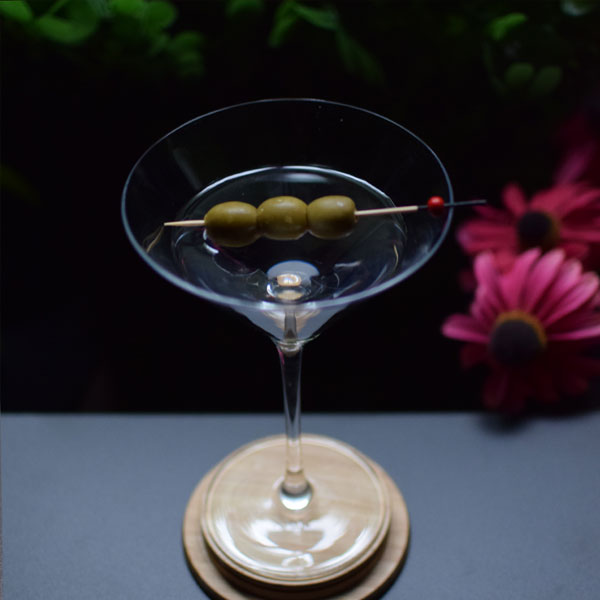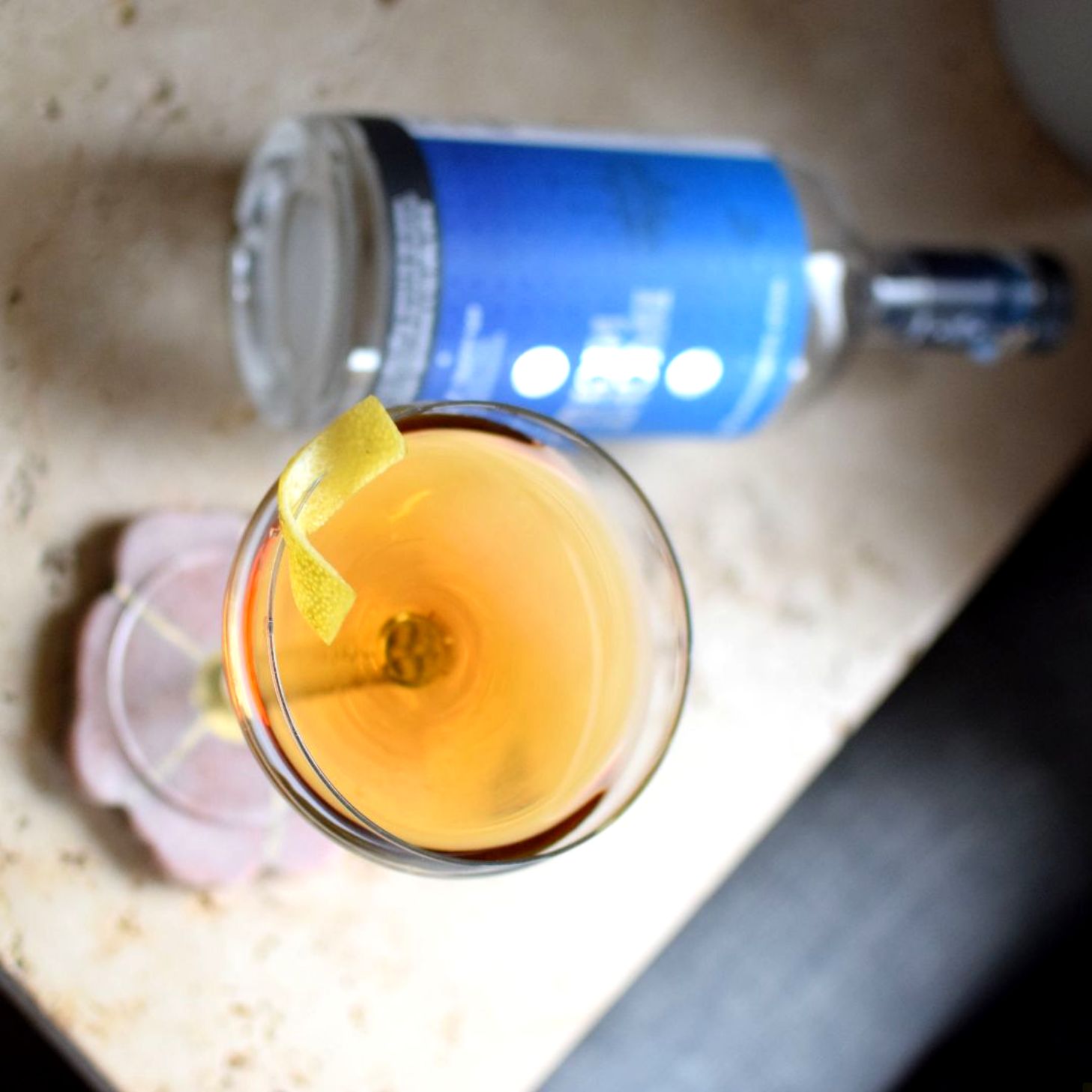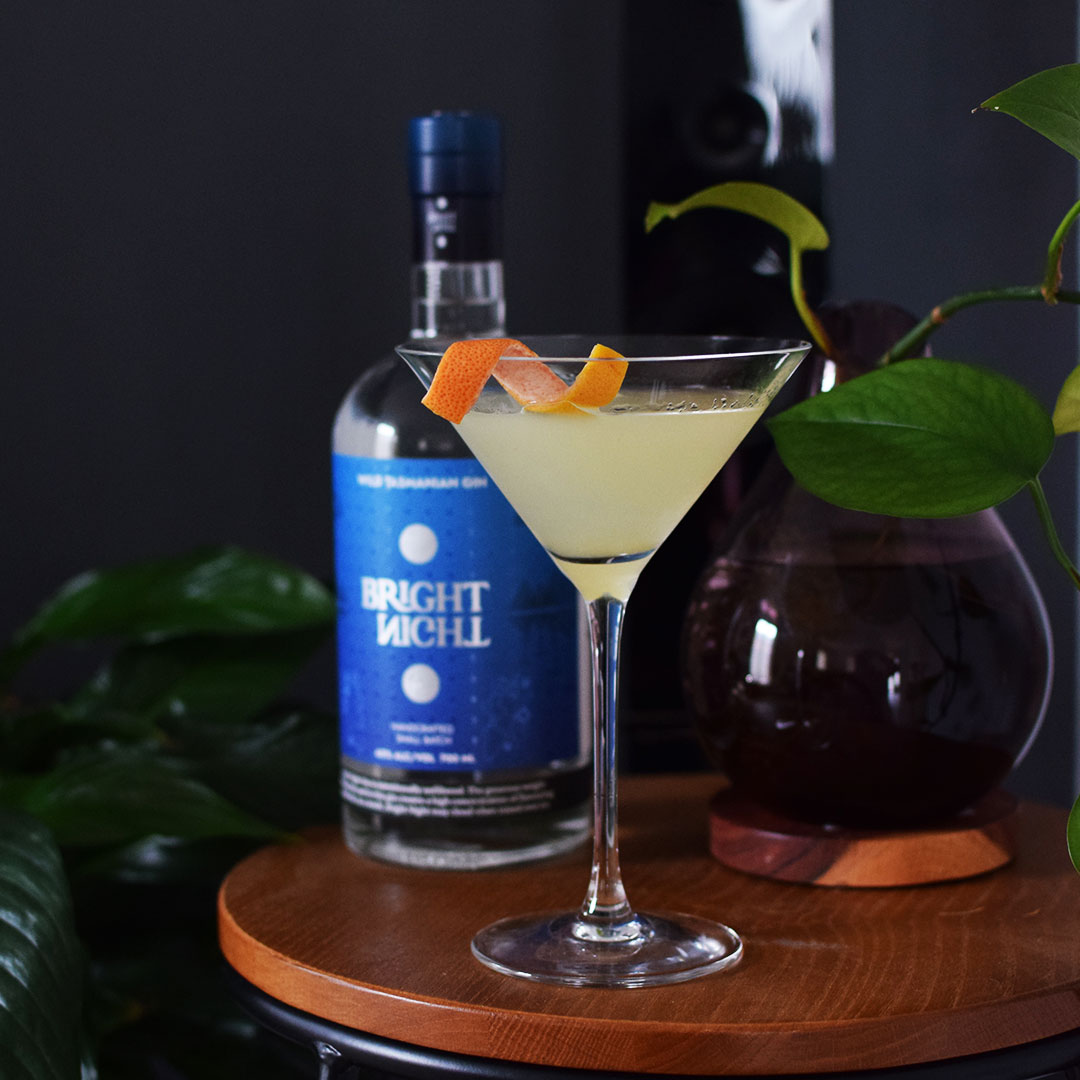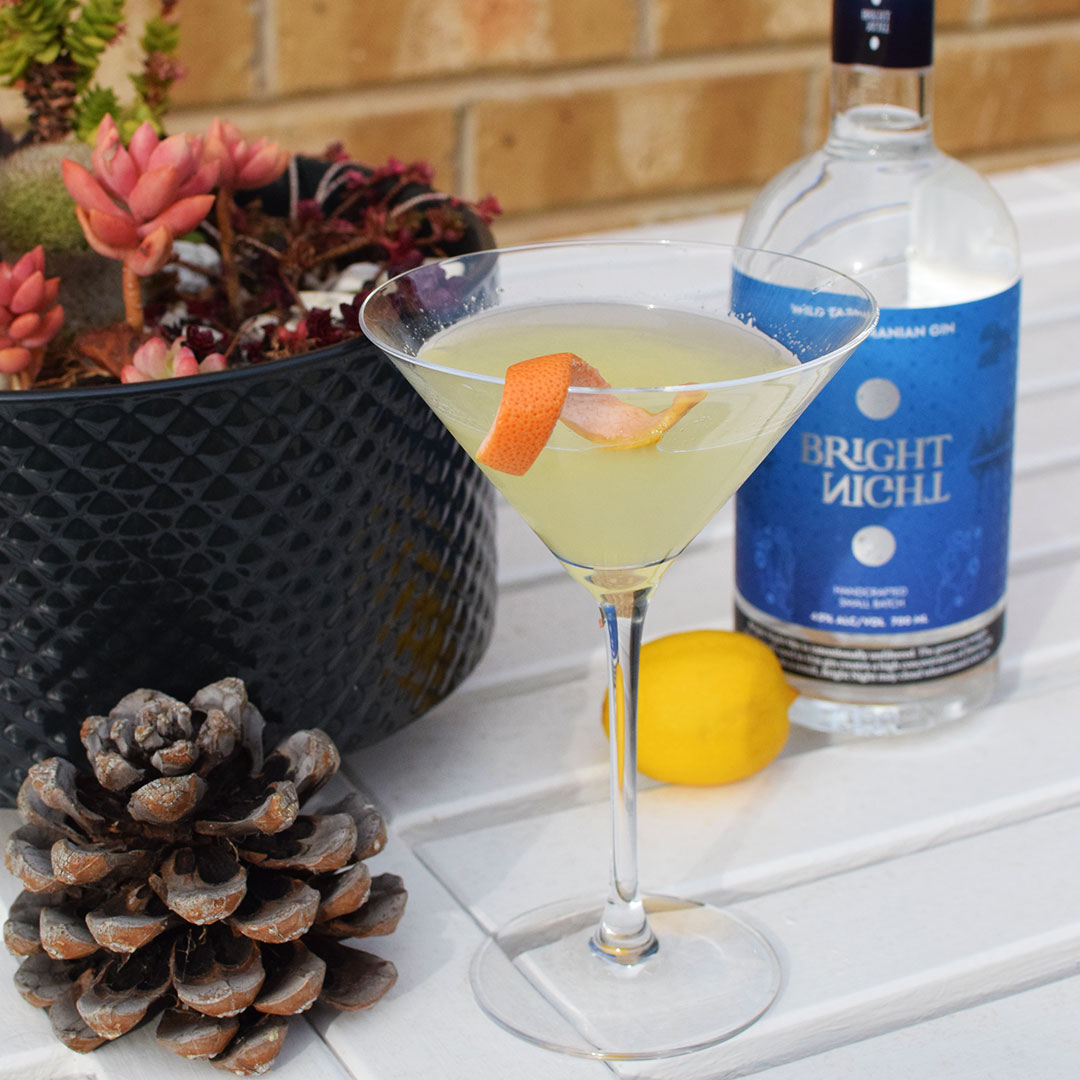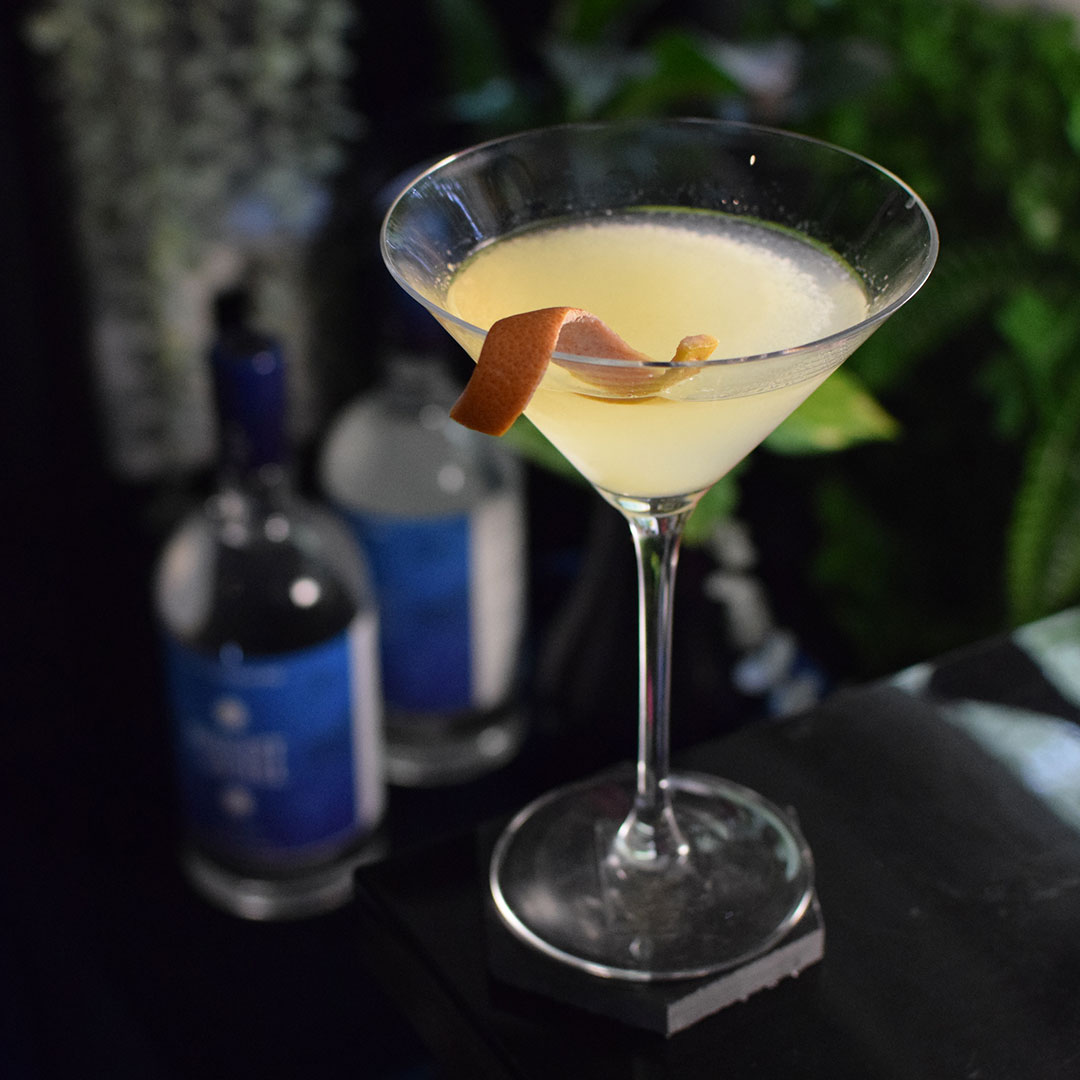Today on World Martini Day, lets delve into one of our favorite cocktails: the martini. As you may already know, June 17th marks World Martini Day (3rd Saturday of June), a global celebration dedicated to honoring this timeless libation that has captivated enthusiasts for over a century. On this article, lets talk about the intriguing orginis of Martini and its remarkable evolution over time. Lets explore, the Martini..
Origin of Martini …. the Martinez
Martinez…. who knew? The exact birthplace of the martini remains shrouded in uncertainty, as various theories and tales abound regarding its creation. One of the most prevalent narratives traces its roots to Martinez, California, during the mid-1800s, amidst the exhilaration of the Gold Rush. According to this legendary account, a fortunate miner, seeking champagne at a local bar, found none in stock. The resourceful bartender, undeterred, concocted a novel libation comprising gin, vermouth, bitters, maraschino liqueur, and a lemon slice. The miner was so enchanted by this innovative blend that he later requested the same beverage in San Francisco, ultimately sharing the recipe with another bartender. Thus, the drink came to be known as “The Martinez Special,” eventually simplified to “The Martini.”
Origin of Martini …. Martini & Rossi vermouth
An alternative theory reckons that the martini acquired its name from Martini & Rossi, a renowned vermouth brand originating in Italy in 1863. Some speculate that the original martini consisted of equal parts gin and this particular vermouth, gradually transforming into a drier libation over time as the proportion of vermouth diminished.
Origin of Martini …. Martini di Arma di Taggia
A third hypothesis attributes the birth of the martini to the vibrant ambiance of New York City, specifically at the Knickerbocker Hotel in 1911. Allegedly, a bartender named Martini di Arma di Taggia skillfully blended gin, dry vermouth, orange bitters, and garnished it with an olive. This particular rendition gained rapid popularity among New York’s elite, eventually capturing the attention of notable figures like John D. Rockefeller.
Irrespective of its tri-theoritical-origins, the martini has undeniably emerged as one of history’s most iconic and versatile cocktails. Esteemed by celebrities, writers, politicians, and even spies, its allure lies in its elegant simplicity. Throughout its illustrious lifespan, the martini has inspired countless variations and adaptations, such as the vodka martini, the dirty martini, the Gibson martini, the espresso martini, and a myriad of other delightful renditions.
Evolution of the martini
In its early days, the martini was a relatively straightforward concoction. It consisted of equal parts gin and sweet vermouth, stirred together with ice and garnished with a lemon twist or cherry. This classic martini, known as the “sweet martini” or “Martinez,” was a popular choice in the late 19th century. However, as time passed, palates began to shift towards drier, more austere flavors.
The turning point in the martini’s evolution came during the Prohibition era in the United States (1920-1933). With the ban on alcohol production and distribution, bootlegged spirits often lacked the same quality and refinement as their pre-Prohibition counterparts. To mask the impurities and rough edges of these spirits, bartenders started to reduce the amount of vermouth in their martinis, resulting in a drier and more spirit-forward cocktail. This marked the rise of the “dry martini.”
As the dry martini gained popularity, it became customary to garnish it with a twist of lemon peel or an olive. The addition of an olive not only added a touch of brininess but also served as a practical way to counterbalance the dryness of the cocktail. Thus, the “olive martini” or “dirty martini” was born, further expanding the martini’s repertoire.
In the mid-20th century, the martini underwent another transformation with the introduction of vodka as an alternative base spirit. Vodka’s rise to prominence during the Cold War era led to the creation of the “vodka martini.” This variation replaced gin with vodka, catering to those who preferred a smoother and more neutral flavor profile. James Bond’s famous request for a “vodka martini, shaken, not stirred” in Ian Fleming’s novels and subsequent film adaptations further popularized this iteration.
The martini’s versatility also gave rise to numerous other adaptations and creative twists. The espresso martini, a modern classic, combines vodka, coffee liqueur, and freshly brewed espresso for a bold and indulgent flavor experience. The cosmopolitan, with its vibrant pink hue and zesty combination of vodka, cranberry juice, triple sec, and lime, became an emblem of cocktail culture in the 1990s.
Furthermore, the martini’s garnishes expanded beyond olives and lemon twists. Creative bartenders began experimenting with various fruits, herbs, and spices to elevate the martini’s sensory experience. From blue cheese-stuffed olives to cucumber ribbons and jalapeño slices, these garnishes added a personal touch and allowed for a myriad of flavor combinations.
In recent years, the craft cocktail movement has breathed new life into the martini, with bartenders incorporating artisanal spirits, homemade bitters, and unique vermouth blends. The focus on quality ingredients and precise techniques has reinvigorated the appreciation for the classic martini while encouraging the exploration of innovative variations.
Martini Tips …
Now, if you aspire to celebrate World Martini Day in style, we offer you some invaluable tips for crafting the perfect martini within the comfort of your own home .If you are using Bright Night Wild Tasmanian gin, you can skip these 🙂
- Select a premium gin or vodka of your preference. Gin imparts a complexity of flavors, while vodka offers a smoother and more neutral character.
- Choose a dry vermouth that harmonizes with your base spirit. Vermouth, a fortified wine infused with herbs and spices, adds depth and balance to your martini. Adjust the quantity of vermouth to achieve your desired level of dryness.
- Pre-chill your cocktail glass either by placing it in the freezer or filling it with ice while you prepare your drink.
- Fill a mixing glass or cocktail shaker with ice, then add your gin or vodka and vermouth. Stir or shake vigorously until chilled. Stirring yields a clear and velvety libation, while shaking creates a colder, slightly diluted drink with a cloudier appearance.
- Strain your expertly crafted martini into your chilled glass, and garnish with an olive or a lemon twist. An olive imparts a savory and rich note, while a lemon twist adds a refreshing touch of vibrancy.
- Lastly, savor your martini responsibly, relishing each sip with utmost pleasure
Martini Recipes
You can make martini a lot of different ways. Here are some recipes that we have done ourselves with our own Bright Night Gin.
FOLLOW US ON SOCIAL MEDIA
Our range of multi award winning gins
Bright Night Wild Tasmanian Gin

Capture multi award winning Wild Tasmania in your glass. Recently awarded Asia Pacific spirit of the year 2022.
$79.95 incl GSTAdd to cart
Bright Night Pink Gin

Looks like summer sunset, tastes like strawberry sherbet. Made with Tasmanian murtis berries, try our new Pink Gin.
$99.00 incl GSTAdd to cart
Chardonnay Barrel Aged Gin
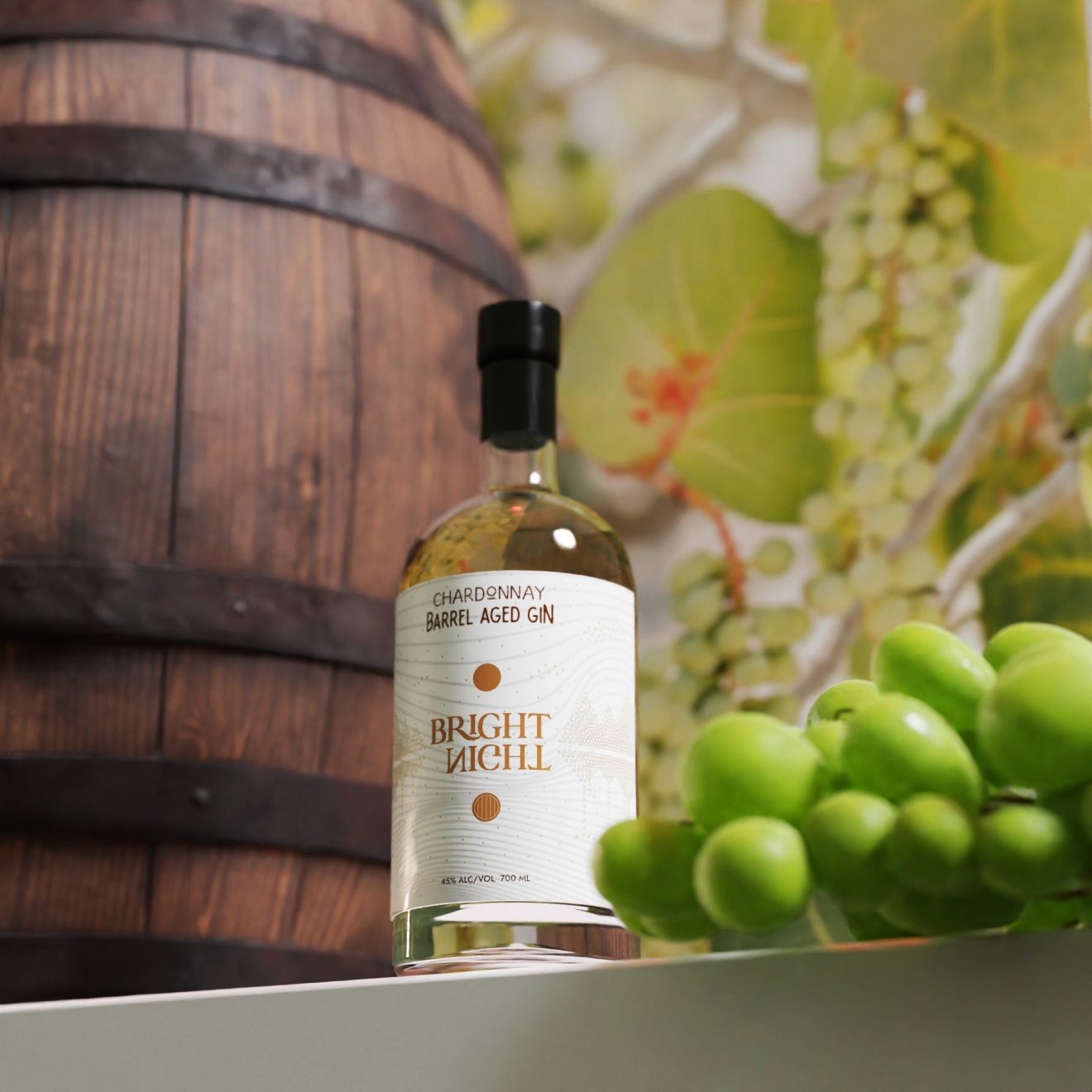
Award winning Wild Tasmanian Gin aged in a Tasmanian Winery's Choardonnay (French Oak) Barrel
$94.00 incl GSTAdd to cart
